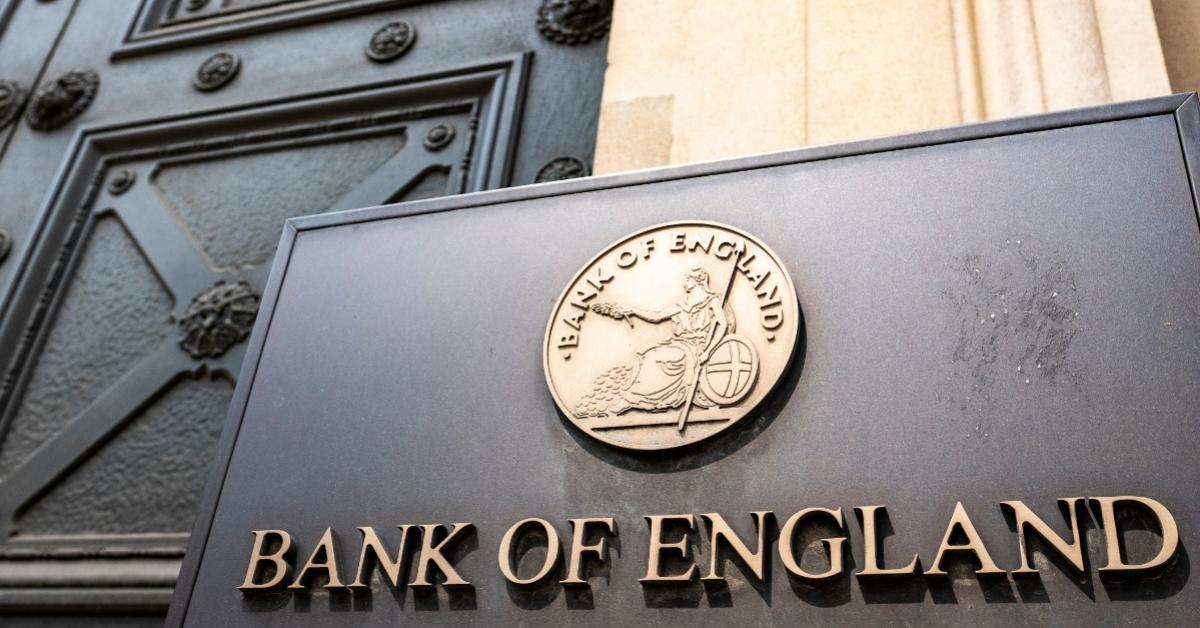
The famous quote, “Insanity is doing the same thing over and over again and expecting different results,” is usually attributed to Albert Einstein. While intended as a parable for quantum insanity, such a quote could equally be a parable for inflation policy. With the Bank of England and the Federal Reserve seeking to maintain target rates of 2 percent, the UK inflation rate has only fallen to 10.7 percent from 11.1 percent. Considering inflation is still exceptionally high, it may be time to acknowledge the problems of inflation target policies.
The UK first began inflation targeting as a monetary policy in 1992 to maintain a predicted level of inflation for future economic planning, persistent inflation rate acknowledgment, and price stability maintenance. There are, however, many troubles with inflation targeting. It is important to fully understand the problems with inflation targeting and to define inflation more comprehensively. The common definition of inflation is a general increase in the price level; however, this definition neglects to address the cause of inflation and deals only with the effect.
Inflation has always been an excess increase in the money supply leading to a depreciation in the purchasing power (real value) of money. This definition most accurately explains the cause of inflation whereby the effect of an inflationary policy is a general increase in prices. Prices will not rise uniformly since people demand different goods at different quantities and timeframes, and some goods are more demand inelastic than others.
To use the common definition of inflation is to ignore that the general price level may change due to a shortage of some good used in multiple production periods and processes. As Nicolás Cachanosky, an assistant economics professor at Metropolitan State University, states, “defining inflation by describing a movement of a variable that can have multiple reasons invites confusion. This confusion can eventually lead to errors in monetary policy. More accurate would be to define inflation by its cause rather than its effect.” An inflation target policy simply provides a positive rate of inflation over a prolonged, consistent period of time; this is otherwise known as secular inflation. Keeping in mind a definition of inflation that focuses on the cause rather than the effect, as well as the depreciation of purchasing power, we see that a policy of inflation targeting (secular inflation) leads to a shorter timeframe for the utility of money (expiration date of money).
To explain the expiration date of money, suppose an individual has two Great British pounds. Let us assume that this individual, named A, saves 50 percent of every pound he earns; A will spend one pound and save one pound. Under a 2 percent policy of inflation targeting, the pound A saves will have its value depreciated to ninety-eight pence after one year. To hold the same level of purchasing power and same real value of his savings, A must earn an additional two pence per pound next year. Due to this annual 2 percent inflation target, two years from now, A will have to earn an additional four pence per pound to hold the same real value or risk his money being worth ninety-six pence per pound.
Due to the nature of individual time preference, whereby there is a tendency for people to prefer current consumption over future consumption, A is likely to alter his consumption preferences toward current consumption. This is particularly true if A sees the opportunity cost of not consuming today as being unable to consume as much next year because his money’s real value has fallen. This would lead A’s savings rate to drop to thirty pence for every pound and his consumption rate to rise to seventy pence for every pound.
This ultimately leads to the velocity of money rising and the demand to hold money falling as excess money circulates. Consequently, this leads to an artificially high level of consumption, a lack of saving, and a finalization of the effect of inflation (a general rise in prices). While many Austrian economists do not view velocity as a useful concept, the velocity of money is simply a measurement of the rate at which money is spent throughout the economy. It is difficult to deny that, if velocity were at zero (no one spends anything), the general price-raising effect of inflation would cease.
What about the goal of price stability? Is it not desirable to have stable prices? The answer concerns the fact that inflation targeting fails when there are large supply shocks such as an increase in productivity. In fact, such price stability measures, via inflation targeting, provide faulty signals over the value of entrepreneurial endeavors and mask real productivity gains.
Central banks look to combat deflation since most economists believe deflation is negative for the economy. A consumer good falling in price here or there is no issue, but, when all (or most) goods are falling in price, it is a sign of economic depression.
In the UK, from March 2014 to December 2015, consumer and producer prices fell consistently which would have surely been seen by the Bank of England as a twenty-two-month depression. The consumer price index (CPI), from March 2014 to December 2015, is shown below. Over a twenty-two-month period, the CPI fell roughly 67 percent.
picture1.png
Source: Data from OECD Data (Inflation [CPI], accessed December 22, 2022).
Over the same twenty-two-month period, the producer price index (PPI) fell by 5 percent.
picture2.png
Source: Data from OECD Data (Producer Price Indices [PPI], accessed December 21, 2022).
However, looking at gross domestic product’s (GDP) monthly changes over the same twenty-two-month period, the economy was not depressed. In fact, GDP gradually increased.
picture3.png
Source: D. Clark, “Monthly Index of Gross Domestic Product in the United Kingdom from January 1997 to October 2022f” (data set), December 12, 2022, Statista.
The dotted lines represent the progression of CPI, PPI, and GDP. The CPI and PPI show a gradual decline, but, instead of falling GDP, the economy actually grew. Inflation targeting and price stability policies veil real changes in productivity. By attempting to maintain nominal prices at a stable level, real changes in productivity, both negative and positive, are either dampened down or fully obscured.
Price stability and positive inflation rates should not be the goals of monetary authorities as such policies create financial instability. Prices should fluctuate to reflect the productivity of individual industries, the economy, and the efficient (or inefficient) allocation of resources. Instead, monetary authorities should seek to maintain a stable money supply. Such a rule, aspiring to achieve monetary equilibrium and financial stability, has existed in the past. Unfortunately for the UK, the Peels Act of 1844 saw an end to that. The future is (and always will be) inflation.





